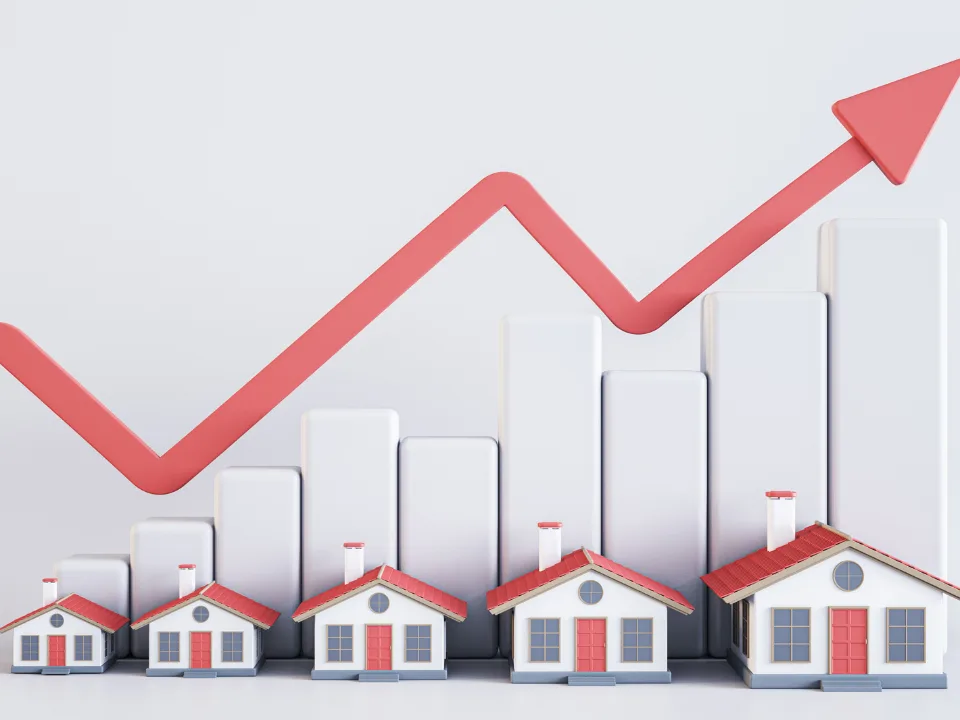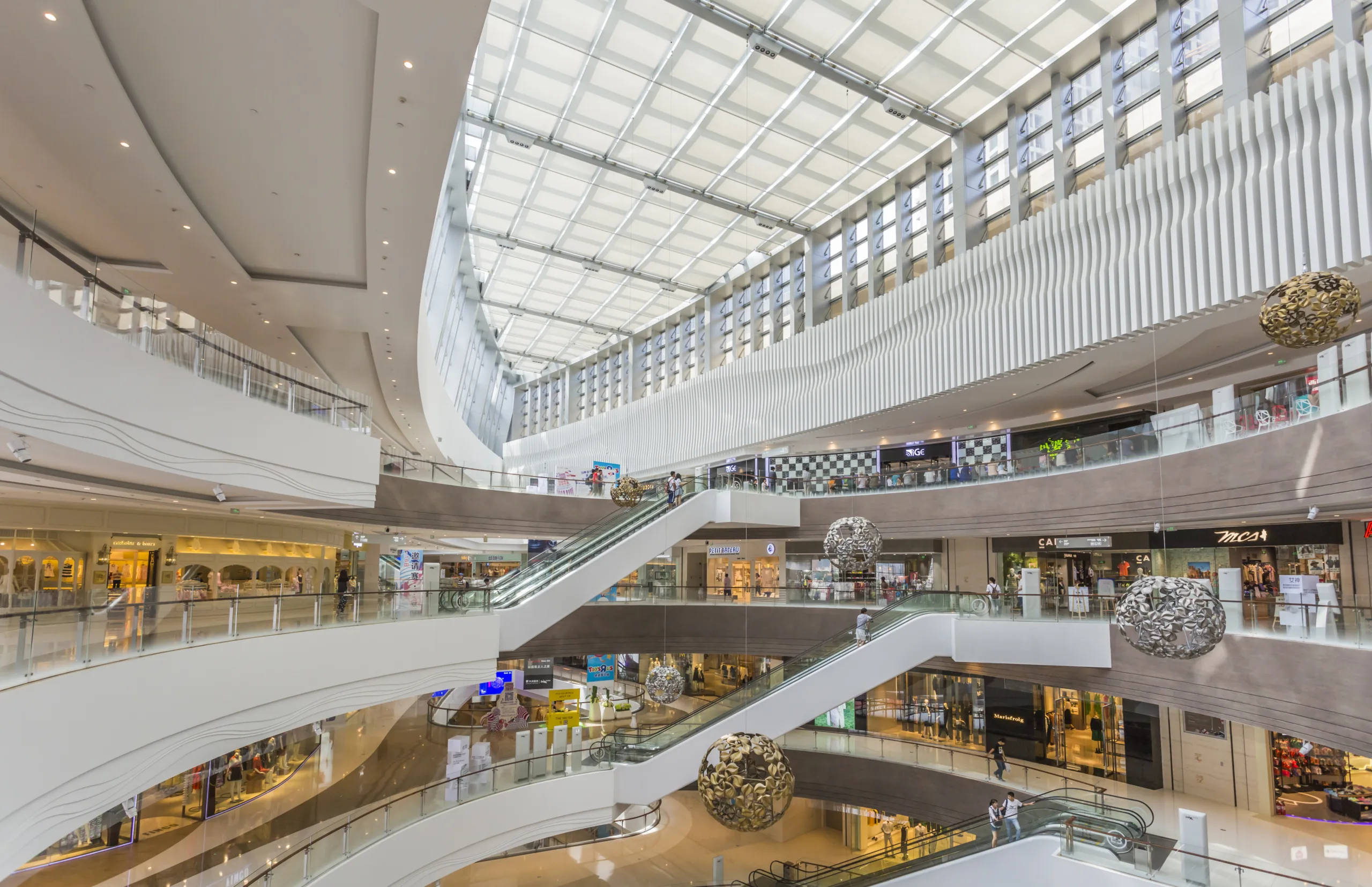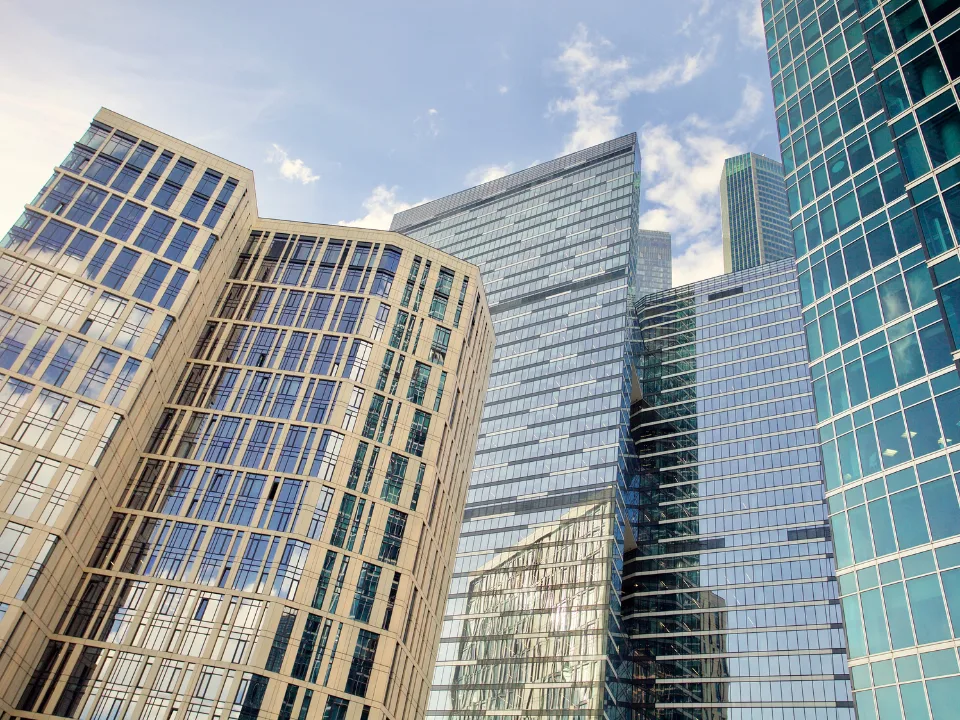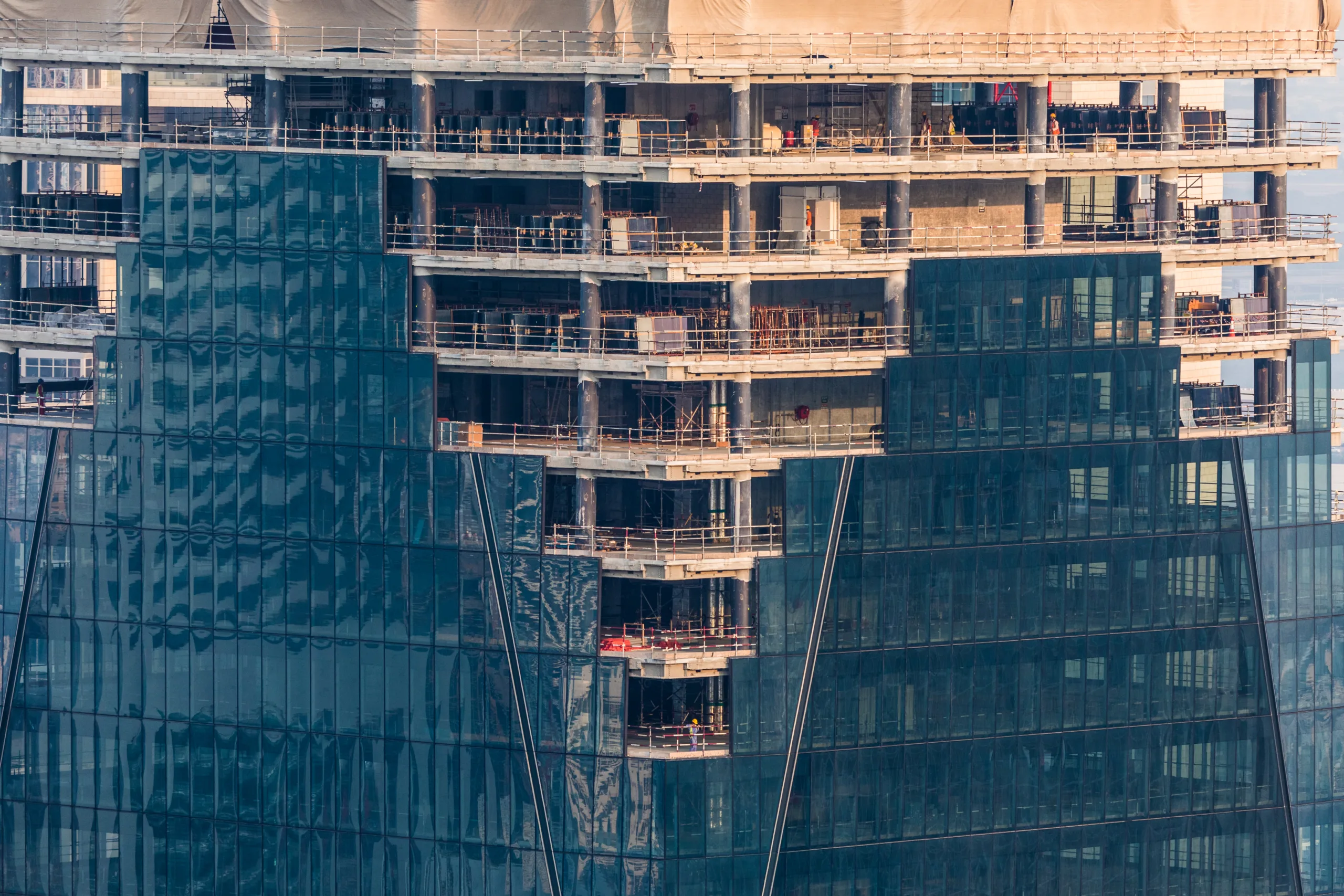- Mall traffic declined in June, likely due to demand pulled forward by tariff concerns earlier in the spring.
- Indoor malls were the most resilient, with only a 0.7% year-over-year drop in June and 1.8% growth in the first half.
- Open-air shopping centers continue to outperform, surpassing pre-pandemic visit levels in Q2.
- Average visit duration rose across all formats, signaling stronger consumer engagement.
Post-Tariff Slowdown
June marked the second consecutive month of declining shopping mall visits, reports GlobeSt. The downturn is likely due to a normalization in consumer behavior following a surge in April and May. Analysts at Placer.ai believe that the spring spike was fueled in part by consumers rushing to buy before expected tariff-related price hikes.
Segment Breakdown
Indoor malls outperformed other retail formats in June, with a modest 0.7% year-over-year decline in traffic. Open-air shopping centers saw a 1.6% drop, while outlet malls experienced a steeper 4.4% decline. However, when looking at the first half of 2025, all three segments demonstrated overall strength, with indoor malls leading year-over-year growth at 1.8%, followed by open-air centers at 0.6%. Outlet malls remained nearly flat with a slight 0.8% decrease.
Get Smarter about what matters in CRE
Stay ahead of trends in commercial real estate with CRE Daily – the free newsletter delivering everything you need to start your day in just 5-minutes
Visit Duration Gains
All shopping formats saw an increase in average dwell time during the first half of the year—a signal of stronger consumer engagement. Indoor malls posted the largest increase in visit duration, up 3.3%, suggesting that while visit numbers are still catching up, the quality of visits is on the rise.
Closing The Gap On Pre-COVID Levels
Open-air shopping centers remain the only retail category to exceed pre-pandemic traffic levels, with first-half visits up 0.3% compared to 2019. However, indoor malls showed notable progress, with Q2 traffic just 1.1% below Q2 2019 levels—marking their best quarterly performance since the onset of the pandemic.
Why It Matters
While June’s traffic pullback raised questions about consumer sentiment, broader trends show a retail landscape that is continuing to rebound. The continued improvement in both foot traffic and visit duration—especially at indoor malls—indicates that physical retail is adapting and recovering, even amid economic headwinds.
What’s Next
As retailers enter the second half of the year, attention will shift to back-to-school and holiday shopping seasons, both of which could further clarify consumer confidence and spending resilience in the face of ongoing economic uncertainty.

















